Not every landmark in Europe is a grand palace or a tall cathedral. Some have strange and fascinating histories. From a chapel filled with human bones to mysterious islands, these places tell unexpected stories. Exploring them reveals parts of history that many travelers overlook. Whether eerie, enchanting, or simply bizarre, Europe’s unusual landmarks stand out.
- Chapel of bones
- Mysterious islands
- Haunted castles
- Ancient ruins
- Unique sculptures
- Unusual museums
- Historic battlefields
- Secret tunnels
- Quirky festivals
- Hidden gardens
These sites offer a fresh perspective on European history. Have you visited any unusual landmarks?
The Sedlec Ossuary, Czech Republic
The Sedlec Ossuary in Kutná Hora, Czech Republic, is both eerie and fascinating. Nicknamed the “Bone Church,” it’s decorated with human remains. Beneath its haunting design lies a deep and unforgettable history.
What Makes The Sedlec Ossuary Unique
The Sedlec Ossuary stands out for its use of human bones in art. It started in the 13th century when sacred soil from the Holy Land made Sedlec a popular burial site. By the 14th century, the cemetery was overcrowded due to wars and plague, leading to the creation of the ossuary.
In the 19th century, woodcarver František Rint arranged the bones into incredible displays. Think chandeliers made of rib cages and femurs, skull-stacked chalices, and even a bone recreation of the Schwarzenberg family coat of arms. The intricate designs leave a haunting yet respectful impression.
Here’s what’s remarkable:
- The chandelier: Contains at least one of every bone in the human body.
- Bone pyramids: Towering stacks that dominate the small ossuary room.
- Garlands of skulls: Linking walls like gruesome yet oddly poetic decorations.
This is art you won’t find in any museum. It’s weird, but there’s a twisted level of awe that keeps eyes glued.

The Legend Behind The Bone Chapel
The Sedlec Ossuary has a fascinating story. In 1278, Abbot Heidenreich brought soil from Jerusalem and scattered it on the monastery cemetery. This made it a sacred burial spot, quickly overcrowded with graves.
Later, a partially blind monk began organizing the bones into stacks. Over time, these arrangements evolved into the stunning displays seen today.
The Holy Land soil gave the chapel deep spiritual meaning, symbolizing the connection between life and death. Visitors come not just for the eerie beauty but to reflect on mortality and faith.
If talks about teaching English don’t intrigue you as much, here’sa detailed resource to check how profound locations across the world impact learning. While the ossuary’s purpose is different, the artistry and invention here serve as lessons in combining storytelling and tradition.
Capuchin Catacombs Of Palermo, Italy
Palermo has vibrant streets and delicious Sicilian food, but it also hides the Capuchin Catacombs. This unique spot isn’t your typical tourist destination. Its dark halls contain about 8,000 preserved bodies, each with a story from the past.
The History Of The Catacombs: Mummification And Tradition
The Capuchin Catacombs started in the 16th century as a burial site for Capuchin friars in Palermo. When the cemetery filled up, they expanded underground. Mummification became part of their tradition.
Monks preserved bodies by drying them in ventilated rooms. Sometimes, they used vinegar or lime baths. This method created corpses that looked surprisingly lifelike, dressed in their best clothes.
Burial in the catacombs was a status symbol. Families who paid could ensure their loved ones were displayed in a way that reflected their social rank. What began as a simple burial site revealed Sicily’s historical hierarchies and traditions, preserved in stark detail.
Rosalia Lombardo: The ‘Sleeping Beauty’
Among all the mummies housed here, the most striking is that of Rosalia Lombardo, a two-year-old girl who passed away in 1920. Nicknamed the “Sleeping Beauty,” her almost unearthly preservation is thanks to Alfredo Salafia, a Sicilian embalmer who invented a unique formula of chemicals.
Rosalia lies in a glass coffin, her peaceful face giving the impression that she’s just napping. Her lifelike look attracts scientists, historians, and skeptics worldwide. Recent studies show that Salafia used formalin, alcohol, and glycerin to keep her preserved perfectly.
This single figure has become the face of the Capuchin Catacombs—a haunting, poignant reminder of how both science and tradition can intersect in extraordinary ways.
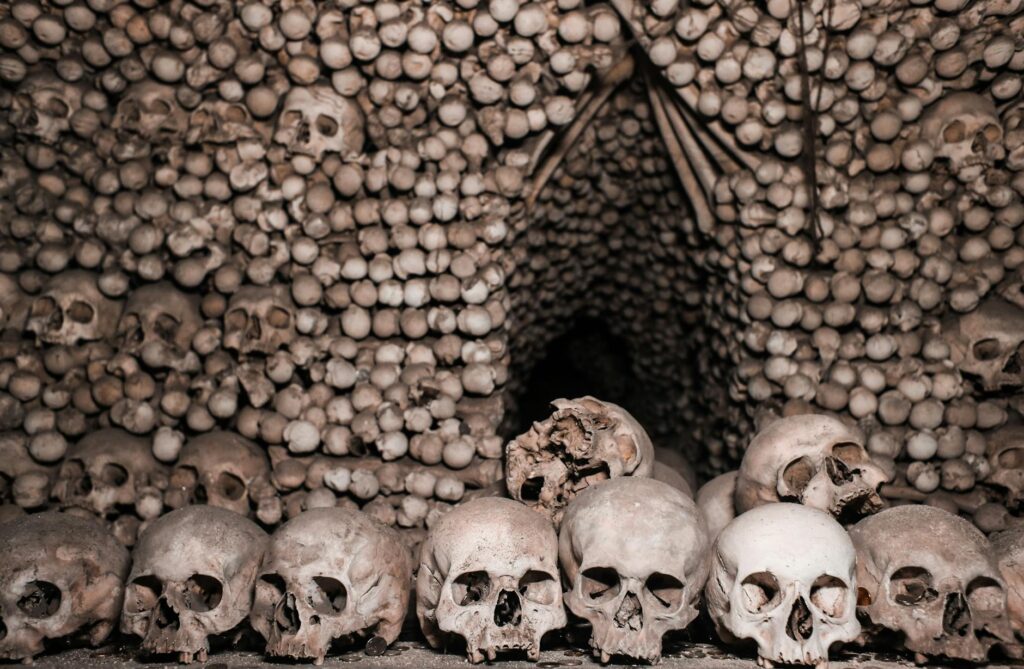
The Meteora Monasteries, Greece
In central Greece’s Thessaly region, the Meteora Monasteries rise dramatically from huge rock pillars. They feel like a glimpse into another world. The stunning views are impressive, but the intriguing history behind these monasteries makes them truly special.
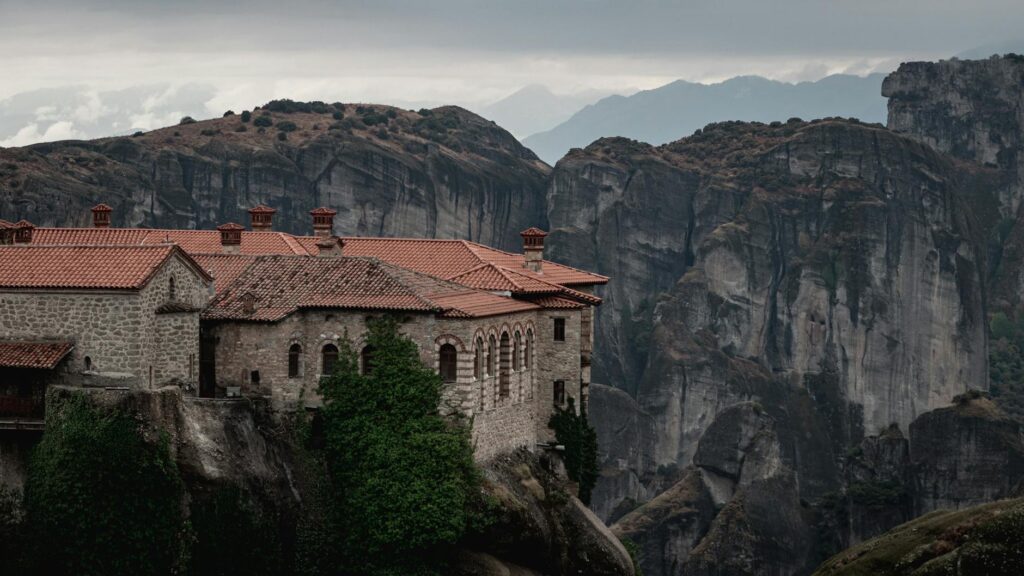
How The Monasteries Were Built
The Meteora Monasteries raise a big question: How did they get there? The answer is simple: perseverance, creativity, and strong faith. Starting in the 11th century, monks sought solitude and built their homes on towering sandstone pillars. By the 14th century, many monasteries were built on hard-to-reach peaks.
Building them was tough. Imagine carrying materials up steep rock faces without modern tools. Monks used basic ladders and nets to lift everything from supplies to food. For years, access meant using rope-and-pulley systems or ladders that could be pulled up after use. Their determination created a true slice of heaven on earth.
Here’s what makes their construction remarkable:
- Natural fortresses: The geological formations seemed tailor-made for protection, making the site ideal for spiritual isolation.
- Human ingenuity: Pulley systems with baskets and windlasses were ingenious solutions for transporting goods and people.
- Sustainability: Many structures were built with locally sourced materials, reducing the need for external resources.
Today, modern staircases make it easier for visitors to reach these sacred sites. However, witnessing the impossible feats of engineering that went into their creation remains awe-inspiring.
The Spiritual Significance Of Meteora
Meteora is more than just beautiful; it’s spiritually important for Orthodox Christians. Its name means “suspended in air,” which fits both the monasteries’ location and their purpose. For centuries, monks and hermits came here for solitude and connection with the divine.
During the Ottoman era, these monasteries became strongholds of Orthodox Christianity, serving as places for worship, learning, and cultural preservation. Today, six monasteries remain active, tended by monks and nuns who uphold ancient traditions. Their frescoes and relics reflect the lives and faith of past residents.
Meteora is also a UNESCO World Heritage site, noted for its mix of natural and human-made beauty. Visitors are more than tourists; they’re pilgrims in a sacred space filled with history and devotion.
How do we keep such sites intact today? Like studying abroad, hands-on experiences help us appreciate cultural treasures.
Puente Nuevo, Ronda, Spain
Ronda’s Puente Nuevo isn’t just a bridge—it’s a stunning landmark with a dramatic past. Stretching across El Tajo gorge, it offers incredible views and holds stories of both innovation and dark times in Spain’s history.
The Architecture Of Puente Nuevo: Connecting A Divided Town
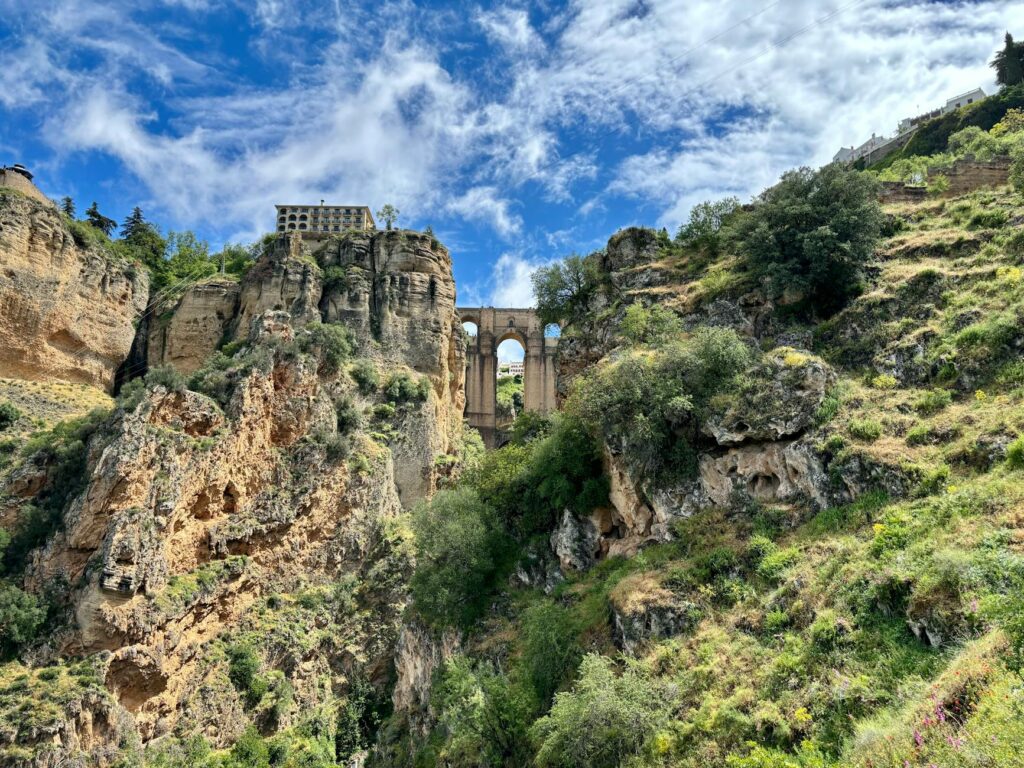
The Puente Nuevo, built between 1759 and 1793, took over 30 years to complete. Designed by José Martin de Aldehuela and built by Juan Antonio Díaz Machuca, it spans a 120-meter-deep gorge, connecting Ronda’s old and new districts.
Here’s why this bridge stands out:
- Height: At 105 meters from the river below, it’s the tallest of Ronda’s three famous bridges.
- Material: Constructed with locally sourced stones, it blends naturally with its rugged surroundings.
- Unique Feature: A chamber positioned above the central arch served various purposes over time, from storage to even a makeshift prison.
Engineers built a three-arch bridge, using pulleys to move heavy stones across the gorge. Puente Nuevo united Ronda and became its symbol.
The Dark Secrets Of The Gorge: Legends And Tragic History
The Puente Nuevo is admired for its beauty but carries a dark history. During the Spanish Civil War, the chamber above its main arch served as a prison and a site for torture. Some prisoners were reportedly thrown into the gorge below.
Local legends add to its eerie reputation, with stories of ghosts and strange noises near the bridge. The El Tajo gorge, both stunning and haunting, stands as a reminder of these tragic events.
Interested in how history and landscapes shape culture? Check outthis resource.
Kylemore Abbey, Ireland
Kylemore Abbey in Connemara is like a fairytale come to life. Surrounded by mountains and a peaceful lake, it enchants visitors with its beauty and rich history of romance and tragedy.
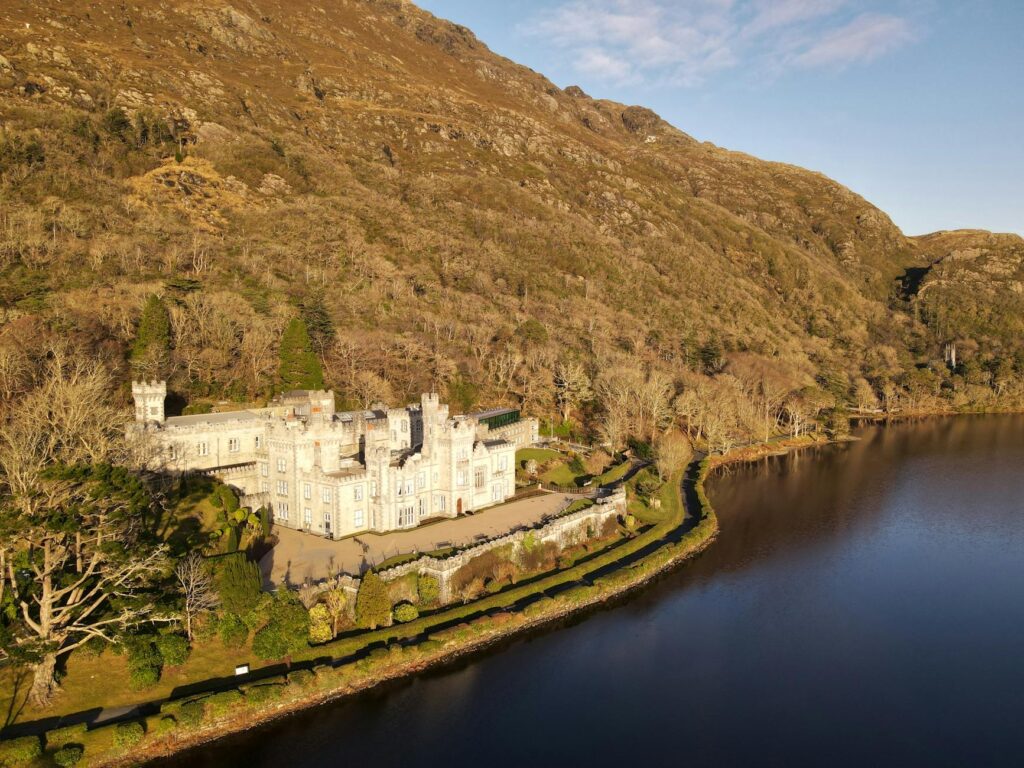
A Love Story Built In Stone
Kylemore Castle, the precursor to the Abbey, was built in 1868 by Mitchell Henry as a tribute to his wife, Margaret. Their story is one for the ages—a blend of devotion, dreams, and an iconic gesture of love.
Mitchell, a wealthy businessman from Manchester, bought the land in the 1850s. He envisioned a grand palace and created Kylemore Castle. The estate had 33 bedrooms, a ballroom, and beautiful gardens across 13,000 acres. It became more than a home; it was a legacy.
Tragically, Margaret died in 1875 from dysentery while in Egypt, leaving Mitchell devastated. To remember her, he built a stunning neo-Gothic church on the grounds. This church is a lasting tribute to their love. Visitors today can still feel their bond while exploring the estate.
Its Role As A Benedictine Monastery
In 1920, after World War I, Kylemore Abbey’s story changed. Benedictine nuns fleeing Belgium found safety in the castle and turned it into a peaceful monastery that emphasized faith and education.
For nearly a century, the nuns ran Scoil Aine, a boarding school for girls, which closed in 2010. The Abbey still serves as a religious and community center. Its gardens, restored to their Victorian-era beauty, highlight the estate’s craftsmanship. The walled garden features only Victorian plants, showcasing the nuns’ commitment to preservation.
Kylemore Abbey honors its rich history. It’s a place where art, nature, and spirituality blend. Visitors can reflect and connect while exploring the grounds and appreciating its deep heritage.
Final Thoughts
Europe’s unusual landmarks offer a peek into human history. Each site tells a unique story, connecting us to different times and cultures.
From the striking Sedlec Ossuary to the haunting Capuchin Catacombs, these places spark curiosity and wonder. They invite us to look deeper into our shared past.
- Discover offbeat landmarks
- Capture unique stories
- Enjoy unforgettable experiences
Visiting these sites turns a regular trip into a memorable adventure. Embrace the stories waiting to be uncovered.

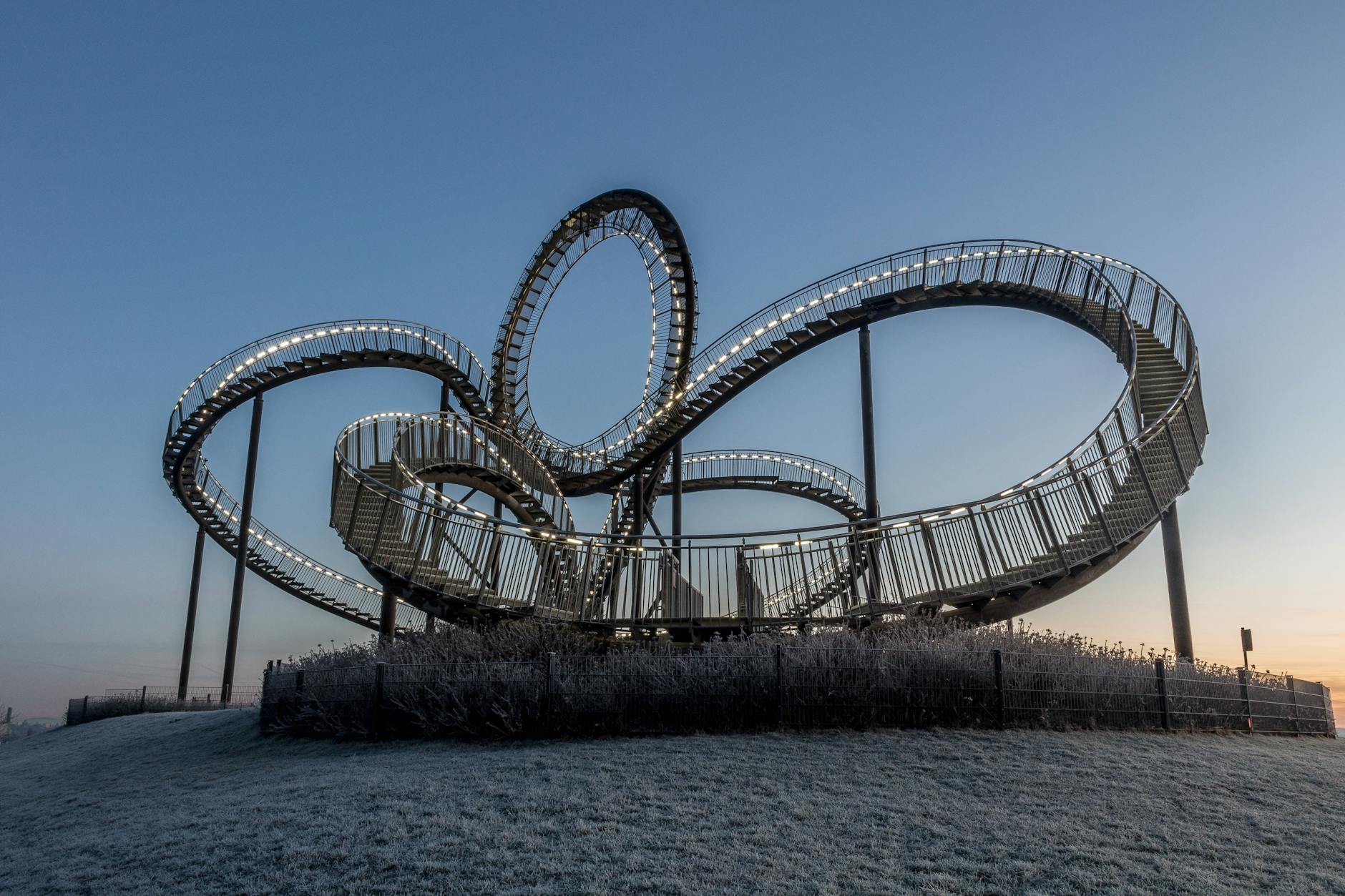

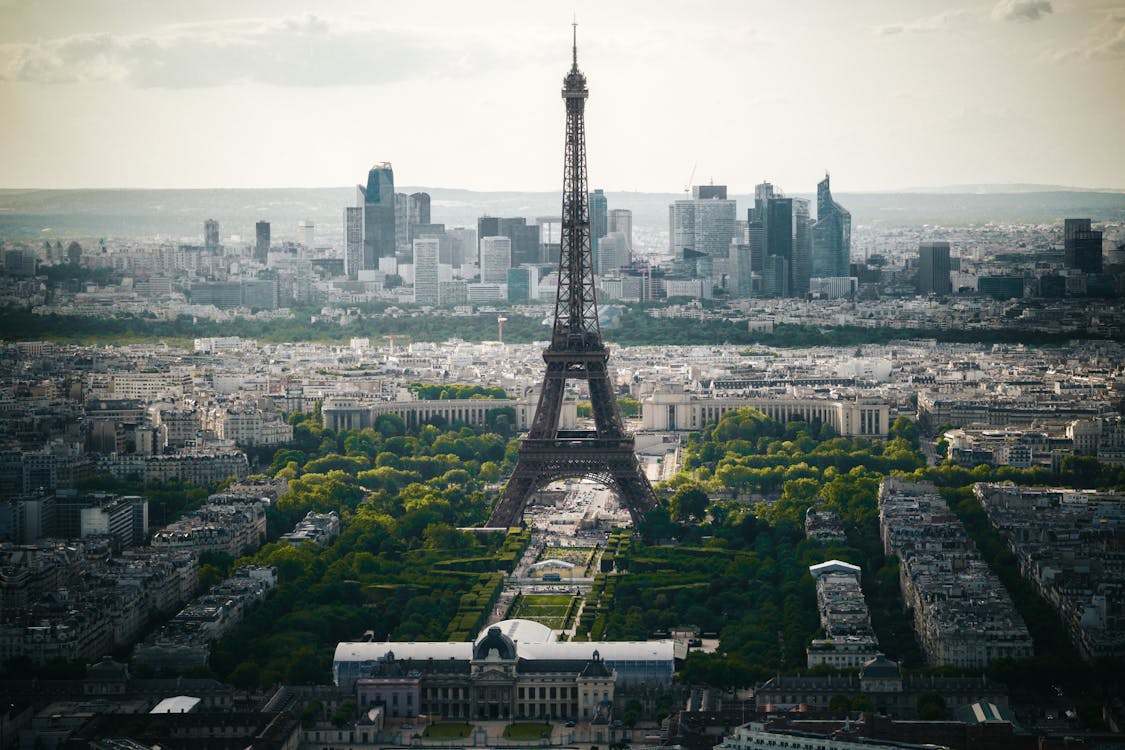
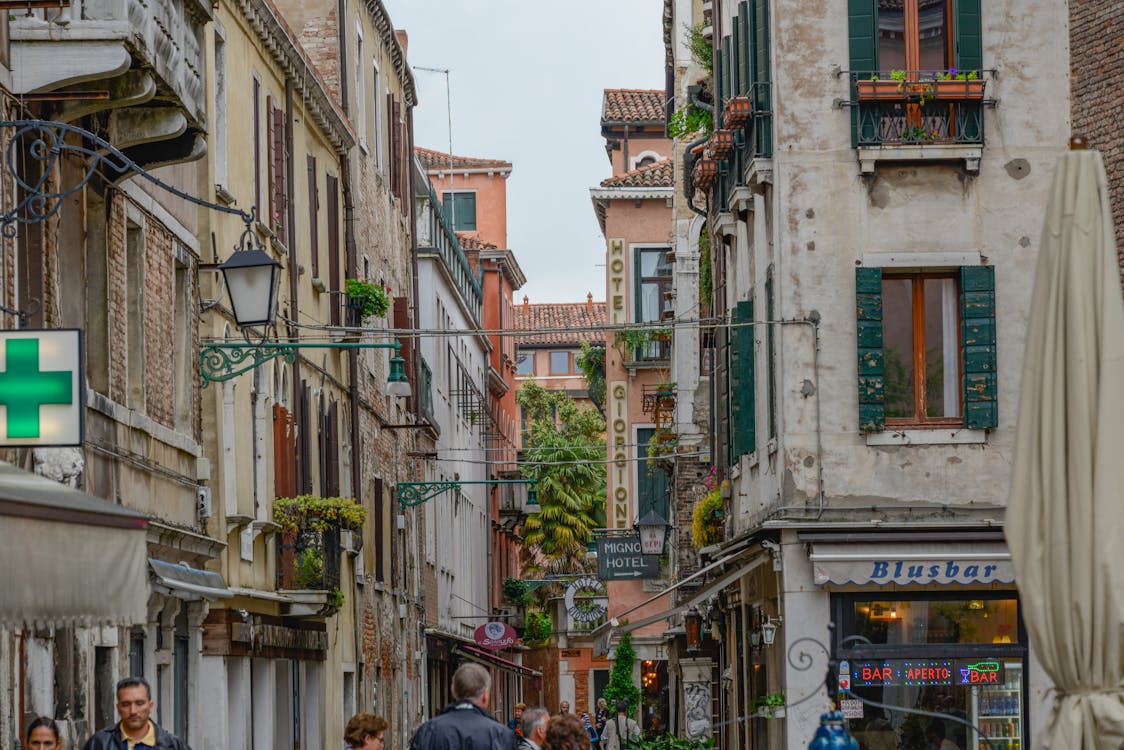

11 Responses
Really found the section on the Meteora Monasteries enlightening. It’s fascinating how spirituality and history intertwine, shaping such serene sanctuaries. Makes me want to pack my bags and witness it myself!
The bit about Sedlec Ossuary blew my mind. Bones and legends making up a chapel, that’s something you don’t hear about every day. Props to TouristTales for bringing such gems to light.
And just imagine, each bone in the chapel has its own story. It’s like a historical puzzle waiting to be explored.
Been to Puente Nuevo last summer and it’s every bit as majestic as described here. The views are breath-taking, but learning about its dark history adds a whole new layer to the experience.
The story behind Kylemore Abbey tugged at my heartstrings. It’s as if the walls themselves are narrators of an undying love. Beautiful!
Rosalia Lombardo’s preservation is mind-boggling. Does anyone know more about the mummification process they used? It’s intriguing how well it’s lasted.
Meteora’s monasteries have been on my bucket list forever, and this piece just reignited my wanderlust! The mix of spiritual significance and architectural marvels in such a serene landscape is just what I seek in my travels. Can’t wait to experience the tranquility and maybe even find a bit of spiritual awakening myself.
The Capuchin Catacombs of Palermo hold an important place in the cultural and historical tapestry of Italy. The practice of mummification and the reasons behind it provide fascinating insights into the beliefs and values of the society at that time. It’s essential to approach with respect and curiosity.
Got a real kick out of the Sedlec Ossuary part. There’s something oddly compelling about a place adorned with human bones. It’s on my list now.
Puente Nuevo’s story is stunning, but it makes me wonder about the impact of such structures on the natural environment. Hope they’re taking measures to preserve the surrounding beauty.
Reading about Kylemore Abbey fills me with pride for the rich traditions and tales of my homeland. It’s more than just stone and mortar; it’s a testament to Ireland’s enduring spirit.